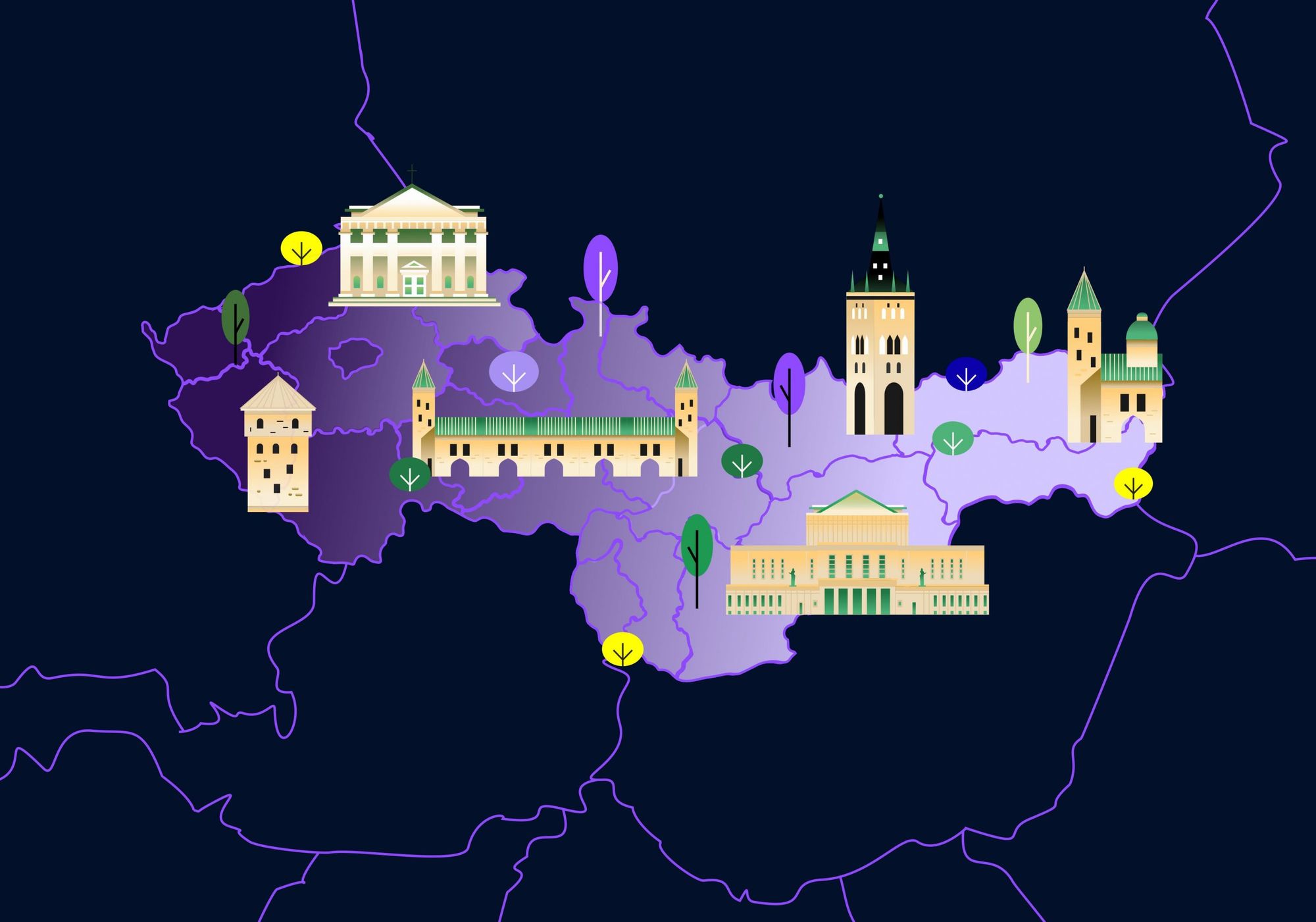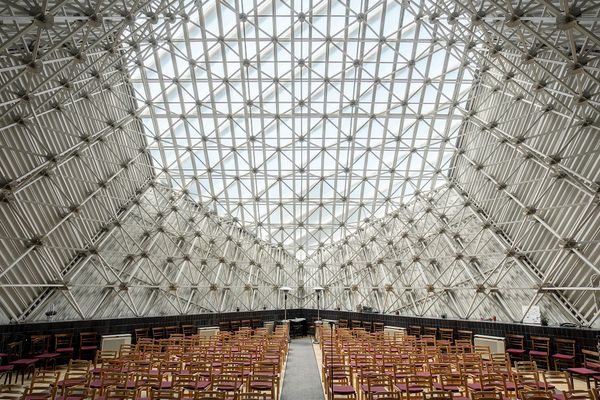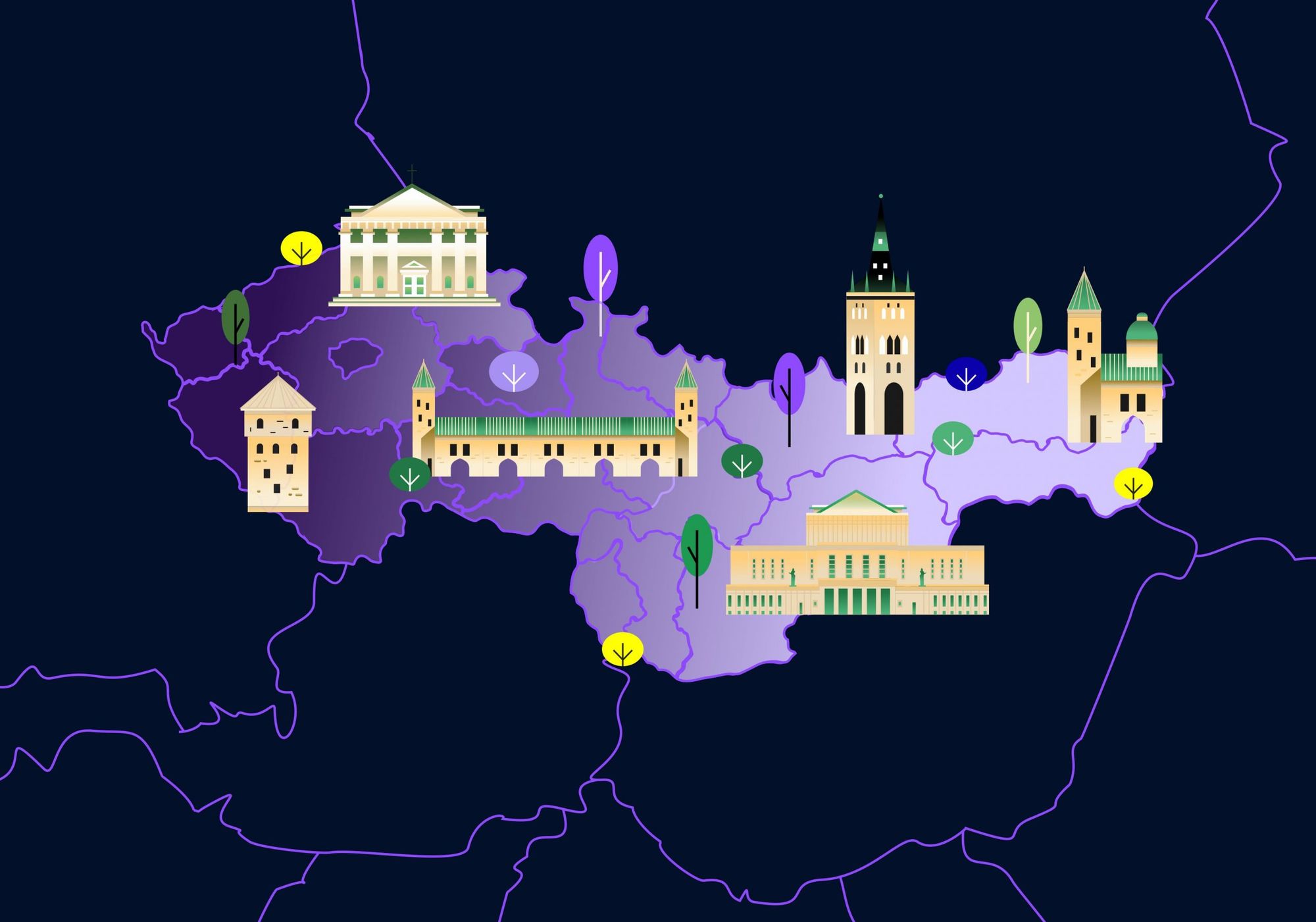More than thirty years have passed since the dissolution of the Soviet Union, which left an enormous economic and political void in Central and Eastern Europe. In this series of articles, we explore the responses of the countries of the region to the new circumstances: how they could adapt to capitalism, how successful their democratization was, and what lessons they can learn from each other. We focus on Czechoslovakia in Part VII.
We have reached an unprecedented point in our series: we are talking about the transition of a country that no longer exists in that form. However, to be able to talk about the democratization of the successor states, we need to look at how Czechoslovakia has turned into the Czech Republic and Slovakia.
The state, which was established artificially in 1918, was born into a greatly troubled century and spent most of its existence under Nazi and communist occupation. By the end of the 1980s, the public has become increasingly dissatisfied with the Communist Party, and the fall of the Polish, Hungarian, and East German regimes gave a new impetus to the Czechoslovak people during their demonstrations. In 1989, several protests were held from the beginning of the year, but wide-scale resistance emerged only after 18 November, when the Civic Forum, was founded, unifying the opposition. On 20 November, the leader of the Forum, Václav Havel, called for mass protests in the country, and by the end of November 750 thousand people filled the streets of Prague. On 28 November the end of the Communist Party’s rule was announced, and on 10 December the anti-communist government was formed.
After the transition, the Czech Republic encouraged the separation of the member states, having a more developed industry and a more western orientation than Slovakia. In 1992, following peaceful negotiations, the decision was made that from 1 January 1993, Czechoslovakia would continue to operate as two separate countries, the Czech Republic and the Slovak Republic.
In terms of its history, the Czech Republic has a good starting point for the introduction of liberalized democracy: it has already possessed a strong industry during the Austro-Hungarian Empire, and after the First World War, market forces had dominated the country until the Nazi takeover. The dissolution of Czechoslovakia facilitated the country’s Western integration, as while the Slovak prime minister struck a populist and nationalist tone, the Czech prime minister, Václav Klaus, was much more liberal, advocating for a free market and privatization. With the separation of the two member states, the Czech Republic has also become much more ethnically homogeneous, thus paving the way for privatization with less resistance.
The Velvet Divorce was truly beneficial for the Czech Republic; by the end of the 1990s, the highest rate of privatization took place here, being second only to Poland, which has also proved to be quite successful. Similar to the Czech elections, economic liberalization was also clean, free, and fair. By the middle of the decade, however, the Klaus government had also been accused of corruption, which ultimately led to the fall of the prime minister, however, the Czech Republic’s integration into the market economy is still considered one of the most successful among the post-Soviet countries.

In contrast, after Slovakia’s gain of independence, it was considered an anomaly, even a black sheep among the Visegrád countries. The Slovak government has struck strongly populist, nationalistic, but above all, authoritarian chords. This was due to a number of different factors. The Slovak state, and thus the Slovak electoral tradition, did not really exist before, which was worsened by the fact that the capital city and most of the institutional system of Czechoslovakia was in the territory of the Czech Republic, where it also stayed after the divorce. The prime minister, Mečiar, quickly began communicating a sovereignist, anti-elite policy, which determined the entire 1990 decade, and his party, HZDS, won three consecutive elections. He consolidated his power by restricting the media, the NGOs, the parliament, and the courts. He passed laws that cemented his power for example that a president can only be elected by a three-fifths majority, and when the parliament was unable to elect a successor in 1998, Mečiar himself assumed the role of acting president. When he was unable to enforce his will legally, he simply used his power or influence over the police, security services, or the prosecutor’s office. According to some sources, his toolbox ranged from kidnapping to murder.
Although the government led by Mečiar was hardly democratic, it was considered economically successful. Among the post-Soviet countries, Slovakia had the best macroeconomic indicators in the mid-1990s, with a GDP growth of 4.8 percent in 1994, 7.4 percent in 1995, and 6.9 percent in 1996. Although this economic development provided a stable basis for the authoritarian government to remain in power, the country became deeply divided. While one side had little to no problem with the country not being a true democracy, the other side was critical of the leadership, calling for the liberalization, democratization, and privatization of Slovakia. In 1998, his government was finally overthrown, with an outstanding participation rate of 84 percent, which completely changed the opinion of the West regarding the country. More and more foreign investment arrived in the country and eventually, together with most Central and Eastern European countries, Slovakia joined the European Union in 2004, and then in 2007 the Schengen Area.
Compared to the situational advantage the Czech Republic had over Slovakia, they developed at a similar pace economically, and are continuing to do so today. They are an integral part of Europe, both politically and economically. We can see from the examples of the Czech Republic and Slovakia that although the political-economic traditions of a country matter, and its industry can develop asymmetrically within regions, what matters more is how isolated it is or how open it is to its surroundings. Slovakia escaped isolation almost a decade later, but this was such an important event in the country’s life that despite its less developed industry, it showed a similar pace of development to the Czech Republic.
However, Slovakia also teaches that the history and tradition of a country can leave its mark on its present. The decision-makers of the future lean on their predecessors, and if there is no model to be applied, a disconnected, authoritarian regime could emerge in the middle of Europe in a few years. Although Czechoslovakia no longer exists, its successor states are a good example of how it is not enough for a country to change its regime, the transitioning forces must also want to bring about change, or the country will jump out of the frying pan into the fire.
We will explore the history of Hungary in the next part.
The last part of the series is available here.

We visited the Calvinist Church of Külső-Kelenföld | Othernity

Extraordinary patterns and noble textures dominate the interior of the apartment building in Lodz










